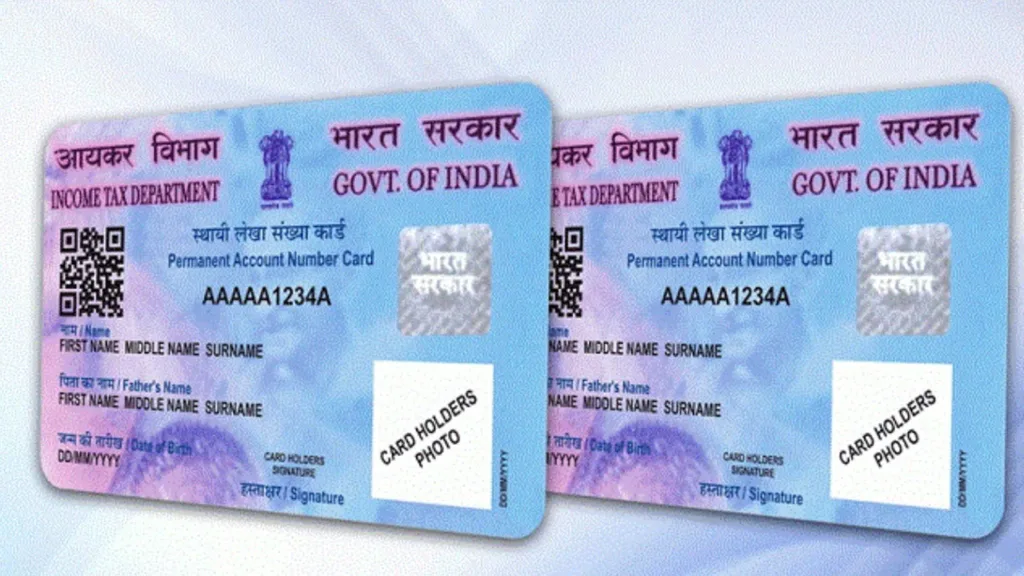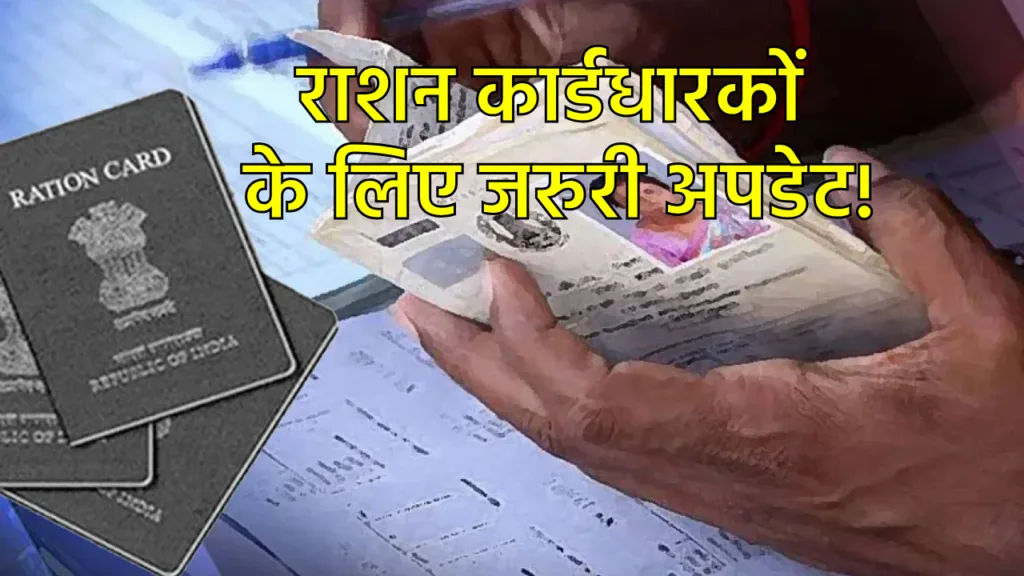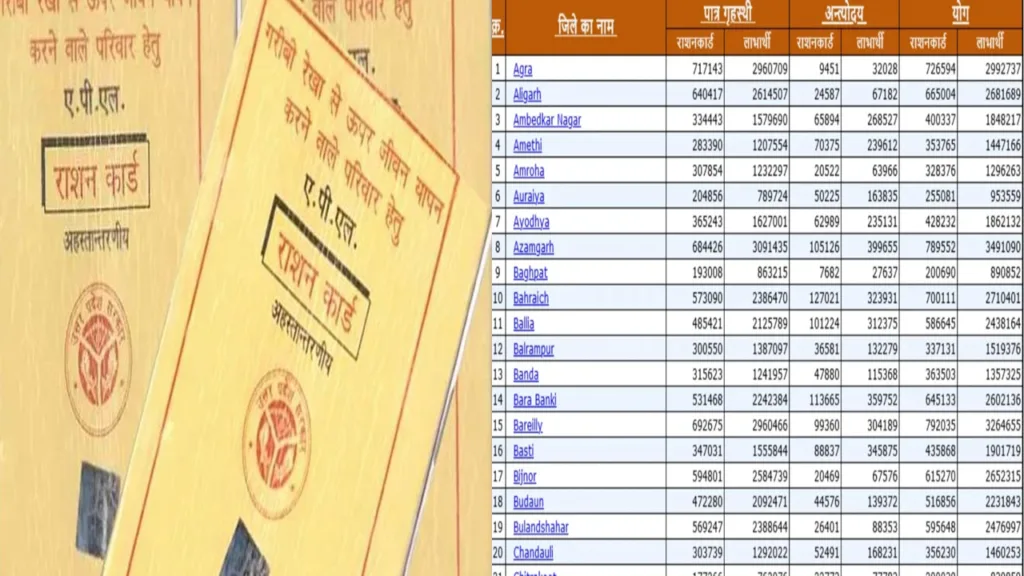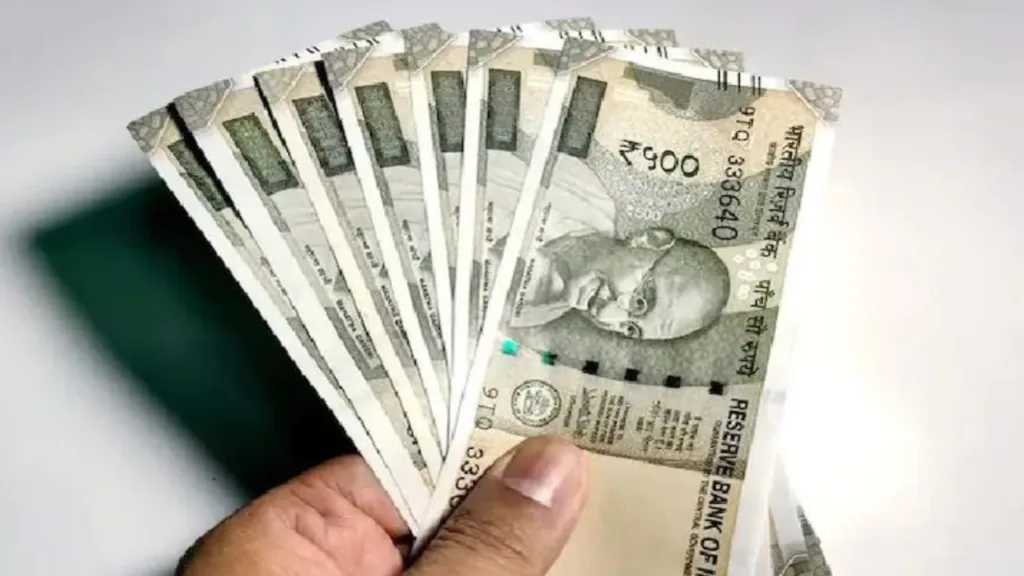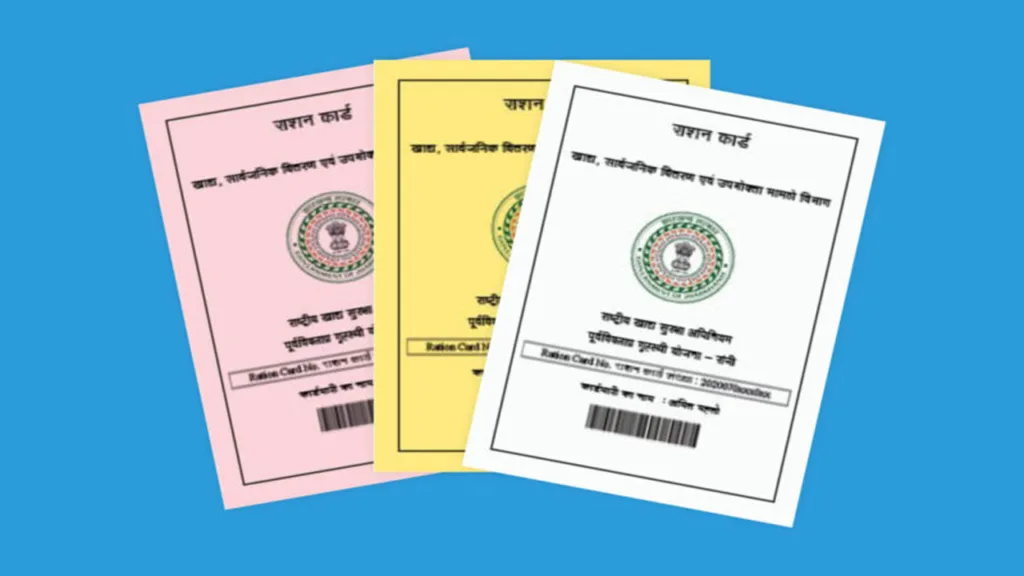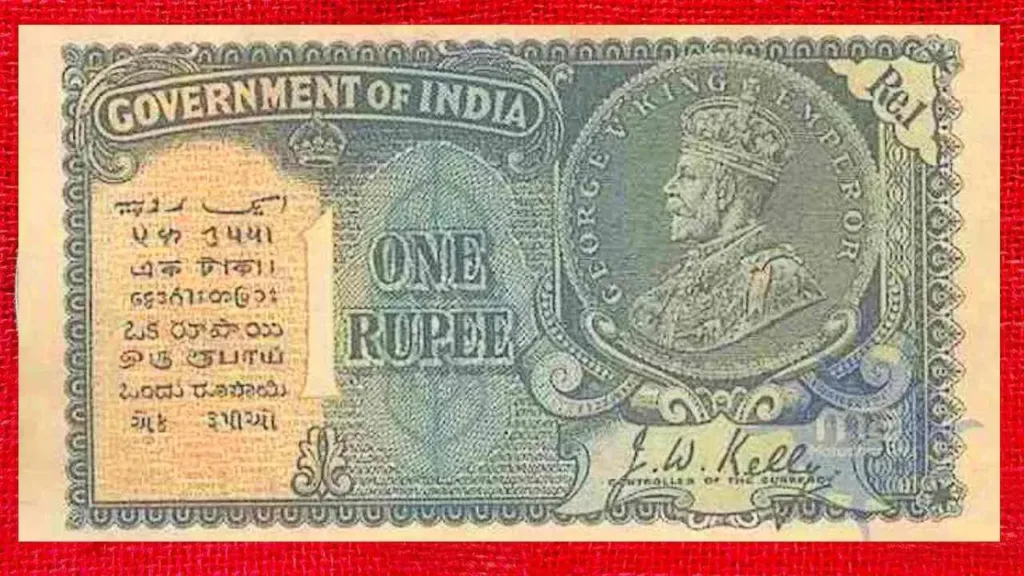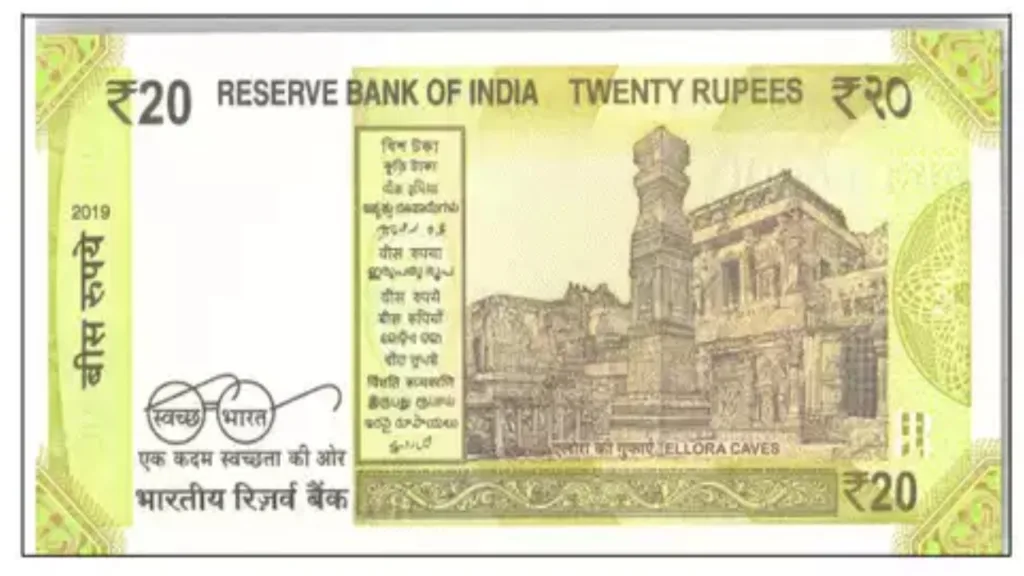EMI Explained: Navigating Car Loan Payments for Your Dream Ride
So, you’ve set your sights on a new car, a gleaming symbol of freedom and adventure. But before you hit the road, understanding the financial aspects of car ownership is crucial. One key term you’ll encounter during your research is EMI (Equated Monthly Installment). This plays a vital role in determining how much you’ll pay each month towards your car loan.
Demystifying EMI: Your Monthly Loan Repayment
EMI is the fixed amount you pay to the lender every month throughout the loan term. It encompasses both the principal amount (the actual car cost you borrowed) and the interest charged on that amount. Essentially, it’s your monthly chunk of the loan repayment plan.
Here’s a breakdown of the factors that determine your EMI:
- Loan Amount: The total sum you borrow from the lender to purchase the car.
- Interest Rate: The percentage charged by the lender on the loan amount (discussed in detail in our previous article – [link to previous article on Car Loan Interest Rates]).
- Loan Term: The duration (in months or years) you take to repay the loan.
Using a formula, these factors are combined to calculate your EMI, which remains constant throughout the loan term unless you make any pre-payments.
Estimating EMI for a ₹ 10 Lakh Car: A Ballpark Figure
While we can’t provide an exact EMI for a ₹ 10 lakh car without knowing the specific interest rate and loan term, we can offer a ballpark figure to get you started.
Assuming:
- Loan Amount: ₹ 10 lakh (₹ 1,000,000)
- Interest Rate: 10% per annum (This is a representative rate, and actual rates may vary depending on your creditworthiness and lender)
- Loan Term: 5 years (60 months)
Using an online EMI calculator or the formula, you’ll get an estimated EMI of approximately ₹ 20,276. However, remember that this is just a starting point.
The Importance of Comparing Rates: Securing the Best EMI
The actual EMI you pay will depend on the interest rate you qualify for. As discussed in our previous article, a higher credit score, larger down payment, and shorter loan term can all contribute to securing a lower interest rate, resulting in a reduced EMI.
Therefore, it’s crucial to compare quotes from various lenders, including banks, non-banking financial institutions (NBFCs), and car dealerships. By exploring different options and negotiating based on your research and creditworthiness, you can potentially secure a much more favorable EMI for your car loan.
Remember, a lower EMI translates to smaller monthly payments, freeing up your finances for other commitments and making your dream car even more accessible. So, don’t hesitate to research thoroughly, compare offers, and negotiate confidently to ensure a smooth and financially responsible journey towards car ownership.






